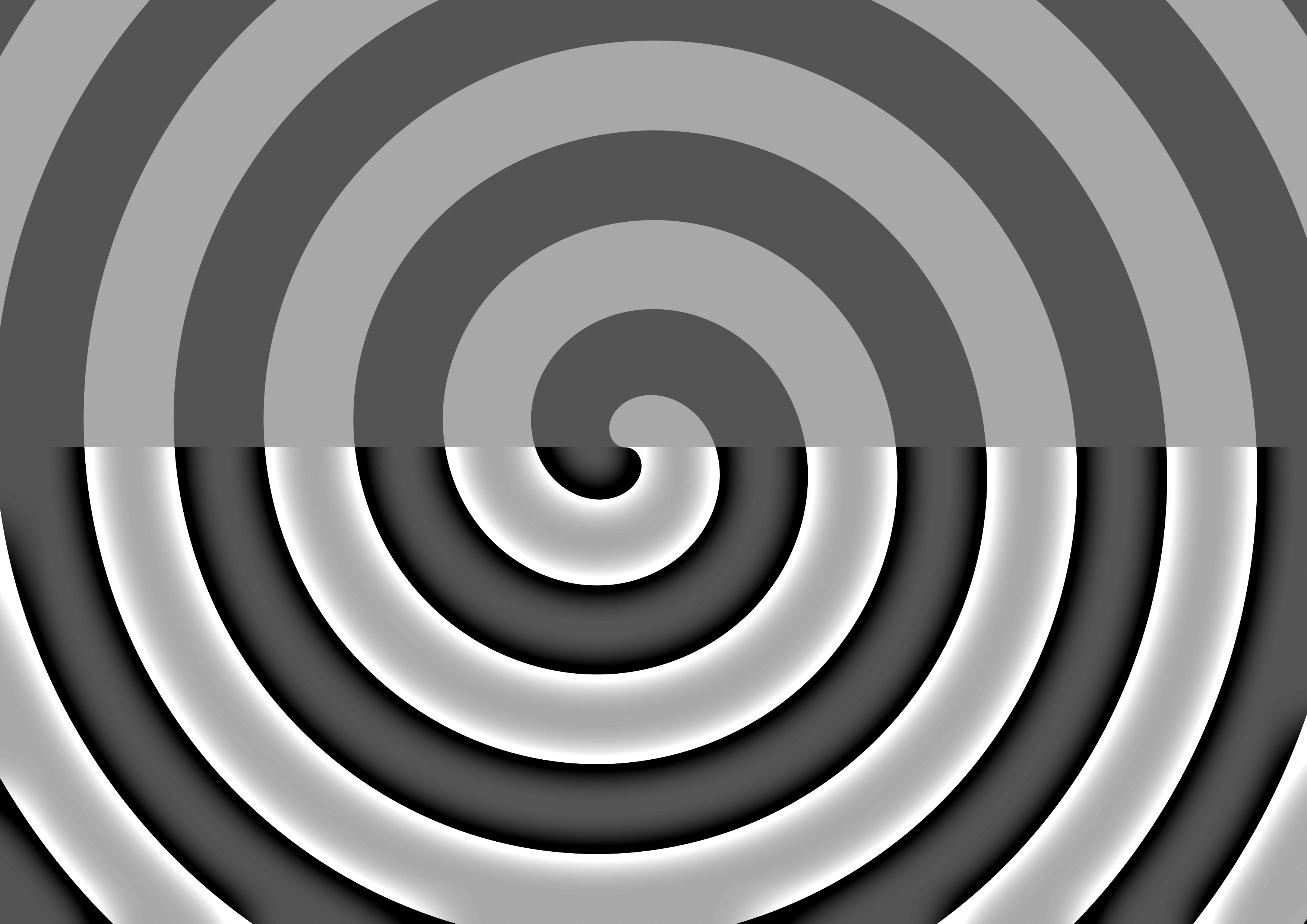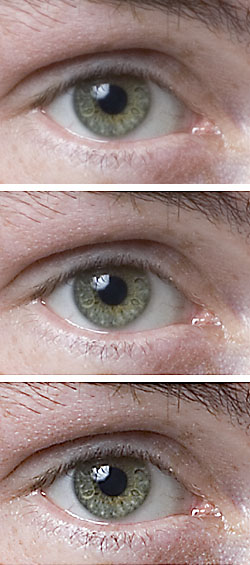Free PCB Gerbers and BOM here:
http://www.diyaudio.com/forums/digital-line-level/313395-tda1387-dac-pcb-front-7.html#post5332616
If you are looking for a cheap date with a delicately sweet Philips multibit chip…look no further.
My listening impressions as shared later in the same DIYA thread:
OK, Matt, you asked for feedback…
I won’t pretend to have used your 1387 DAC hat to the highest of its capabilities. Still, after listening to it in many sessions and through a handful of systems, I think I am ready to share some reasonably informed impressions of this DAC’s character.
All of my listening has been done with this DAC hat stacked on top of a RPi 3 and Allo Kali, all powered by a single iFi iPower SMPS. I have exclusively used Volumio to play my FLAC collection, which ranges from 16/44 to 26/192, from a USB thumb drive. In all cases, comparisons to other DACs were made with sighted A/B listening. Competing players were synced with identical music and volume matched by ear, both fed into a simple RCA source selector box for instantaneous switching back and forth.
I began by testing the DAC with headphones, since I do a lot of “canned” listening at night while my family is sleeping. Once I grounded the iPower barrel properly (thanks to you all for the hand-holding there) the noise disappeared, and I really fell in love with the sound of the 1387.

Signal chain was:
1387 Hat -> Pocket Class A Headamp -> both Audio Technica M50 and the Fostex T50RP Mk3 w/ Mayflower v1 mod.
IMO it is tougher to achieve a truly satisfying listening experience through headphones than it is through loudspeakers. They are fraught with driver and housing resonances that often color the sound more dramatically than speakers, and their soundstaging abilities are inherently limited by their unnatural placement directly on the head. That said, they eliminate room reflections and thus can offer a very revealing, direct window into the sound of a music source. This DAC has given me more listening pleasure through both of my pairs of headphones than any other source I have owned. It has a somewhat narrower soundstage than I am used to, and it presents a very cohesive center image which brings the music together into a dynamic whole, rather than splitting it apart. This sounds more natural to me, over headphones especially.
The 1387 has a gentle transient attack and a slightly warm but wonderfully nuanced midrange texture. It also has an innately relaxed treble that is not just the result of classic NOS rolloff at the 44.1 sample rate; this softness persists with files sampled up to 192 kHz. Since most headphones (mine included) tend to have glaring frequency response spikes in the treble region, this softness fights treble harshness better than anything else I have yet encountered, making the headphone listening experience infinitely less fatiguing, more organic, and downright pleasurable. Especially over my incisively fast, detailed, and slightly bright Fostex planars, this DAC smooths the sharp edges just enough, and brings a tonal richness that makes these cans sing absolutely gorgeously. For the first time ever, I can listen to entire an entire album through these headphones with satisfaction instead of fatigue.
I also played this DAC over three speaker systems, both with and without my Pocket Class A in the chain as a humble but effective preamp. Since this DAC has a lowish output voltage, I believe it will shine brighter in any system when followed by a high quality dedicated preamp (better than the pocket amp I used).
Three signal chains:
Sure AA-AB32155 (Tripath TA2024) -> Aura NS3 full-rangers (my Carmody “Sprite” Boombox)
Topping TP-20 (Tripath TA2020) -> Axiom M3 bookshelf 2-ways (my nearfield desktop system)
Denon DRA-685 Class AB 100W integrated -> Opera Callas Gold bookshelf 2-ways w/ sub (my dad’s stereo)
Over speakers, the same gentle, pleasant sonic characteristics of the 1387 DAC persist, but may represent a step away from neutrality, towards more of a delicate sonic coloration, compared to most modern DACs (depending on the downstream equipment). I don’t view this as a weakness so much as an important consideration for finding system synergy.
Through my Sure/Aura full-range boombox, I felt that the 1387 DAC hat was a clear step up from the source I usually pair with it—an xDuoo X3 DAP with a Cirrus chip inside. I have always found the X3 to lack midrange fullness and suffer from a metallic treble glare; the 1387 solved these issues handily, exuding a very smooth, sweet, and involving stereo image in the sweet spot. The only downside was that off-axis listening (already subpar because of the directional treble of these full-range drivers) became even warmer and duller than before.

In my Topping/Axiom desktop system, the 1387 surprised me by trouncing not just my X3 but also my Mac’s AKM-equipped Firewire soundcard. The sound was not just smoother, but also had a depth that really drew me into the music much more. The 1387 is as close to wince-free as I have heard. This system is normally quite revealing and analytical—rather lacking warmth and body— and the 1387 hat fleshed out vocals and other instruments with more natural tonal presence. It was over this system that I really noticed the imaging capabilities of the DAC. Voices and instruments seemed to each emerge from a much more distinct “point source” than with my other DACs, which threw a wider overall image but seemed to sort of smear each instrument out wider as well.
Once I my ears adjusted to the 1387, I found its center image much more convincing, and I found myself listening “in” to the music rather than just reacting to the music coming at me. I noticed some 3-D depth to the soundstage that was not present with the other sources. Somewhere I saw somebody describe the NOS sound as presenting music “in repose” as opposed to “in your face.” I totally get it now.

On to the Denon/Opera system (see pic from previous post). Over Easter weekend I convinced my dad to let me hook my Pi stack up to his stereo, which is pretty great to my ears—detailed without harshness, lively and engaging, with more grunt and euphonic warmth than my own Class D setups. His usual source is a 20 year-old Pioneer Elite CD/DVD player, which we ran into the A/B box alongside my DAC (which was warmed up for six hours). While they say that the apple doesn’t fall far from the tree, I was only able to find one disc in his entire music collection that I also have in FLAC—John Mayer’s Continuum. It actually turned out to be a great album for critical listening, since all the instruments are very well recorded. I synced up both players and we listened to several tracks together, switching back and forth.
In this test, one distinctive characteristic of the 1387 stood out clearly to both of us. It seems to present the leading edges of notes in a much slower/softer way…the attack of a snare drum, for instance, has much less of the usual snappy energy presented by Delta Sigma. I feel this softness was compounded by the fact that the DAC seemed to slightly compress the full dynamic range of the source material compared to the livelier dynamics of the CD player. Perhaps this shortcoming would be ameliorated by proper gain staging. My DAC’s output was much quieter than my dad’s CD player, and required the Denon’s volume knob to be bumped up considerably. I tried inserting my Pocket Class A, and was thus able to match the volume, but I actually found that in this powerful and resolving system, the PCA seemed to veil the 1387 hat’s presentation (recall that this is actually a tiny headphone amp, with electrolytics for output coupling, not to mention redundant film input caps and a second volume pot ).
We concluded that the Pioneer player was more fun, engaging, and realistic in my dad’s system. However, this was a $600 player back in its heyday, compared to a sub-$100 Pi stack. Both sources had plenty of body and good overall tone. When we hooked up my X3 player just for grins, the music just collapsed into a cold, 2-D bore. My Dad agreed that the 1387 sounded “good,” but “less clear” than his player. My own personal taste was sort of a toss-up. Though I did prefer the Pioneer’s detail and liveliness, I found the 1387 sound less intrusive as a whole—something I could probably leave on in the background throughout the day at home, without feeling on edge. The Pioneer’s soundstage was much wider throughout the room, owing to its greater treble extension and detail. But when I sat right smack dab in the sweet spot, I found the 1387’s presentation plenty bright, and still “open” and “transparent” and smoothly satisfying, despite its lesser width, microdetail, and punch. Its cohesion, timbre, and solid imaging are really something special.
I have a degree in fine art, not electrical engineering , and I am a graphic designer and teacher by trade. So humor me as I attempt to make a visual analogy to explain how this DAC sounds to me. Perhaps the most oft-used filter in Photoshop is the “unsharp mask”, which artificially increases the apparent focus of an image. Wikipedia has some good examples of its effect. To me, NOS is the original image, and oversampling is the processed image. While the contrast between values is greater, an artificial noise now obscures the subtle tonal balance and true edges of the original lines. Allow me to illustrate this effect by linking some images from Wikipedia:
Original

Sharpened
In actual use:

Which is most realistic to you? OK, end of tangent
Some folks compare the NOS sound to steroeptypical analog ease or tube warmth. I think this 1387 hat indeed has a unique sonic character that harkens to both. As such, I think it can provide a very satisfying listening experience for those who specifically desire these traits. Personally, I tend to seek neutrality, but I find that this DAC, especially when paired with equipment that tends toward the fast/analytical/harsh/bright/lean side of the spectrum, conveys the music in a beautiful way that strikes a good balance between realism and musicality. In terms of cost/performance ratio, this thing is easily the best investment I have ever made in hi-fi. It has brought my headphone listening to new heights, and it has opened my ears to the sonic possibilities that exist beyond the world of Sigma Delta chips. Thanks for sharing your creation, Matt.